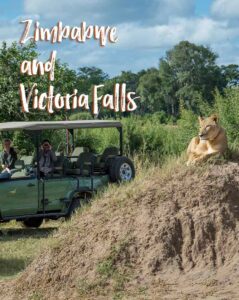Wide-open skies and undisturbed remote retreats in the great outdoors will beckon travelers to explore the world once again. While there are encouraging signs of an abating pandemic, the planet’s ecosystem and the animal kingdom certainly relished the respite. The intangible upshot of this global scourge is a newfound respect for our world, valuable family time and everything natural.
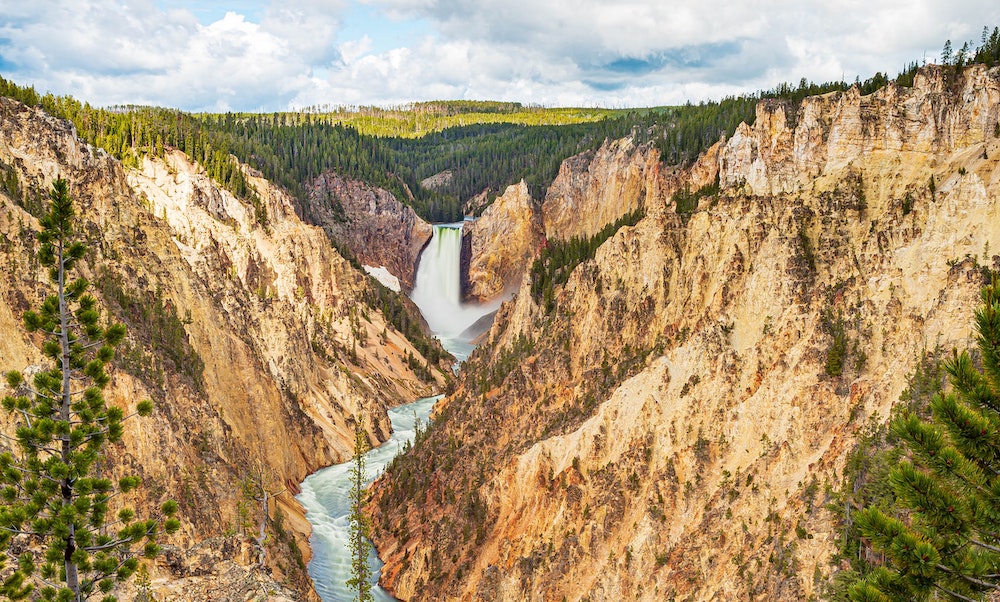
Lush, vibrant, and full of color in the summer, Yellowstone offers several hiking trails amongst fragrant pine forests as you stumble upon steaming hidden pools full of abundant wildlife.
Yellowstone National Park & Big Sky, Montana
Best times to visit: April to May and between September and October
Trip Duration: 3 to 6 Days
The nation’s first official national park, is also the country’s most beloved. With its entry guarded by the Grand Teton peaks, Yellowstone has unusual hydrothermal formations and geology, including geysers, hot springs and time eroded basaltic lava flows. It is home to about half the world’s geysers (think Ole Faithful) and more than 200 species of animals including grizzly bears, wolves, American bison, elk, and the omnipresent bald eagle.
I have visited it both in summer and winter, and each season offers a magical experience. Wandering moose and elk cause snarled traffic as visitors stop to stare. The moose we encountered was so large that we had to strain our necks to look up through our windows.

My personal favorite though is the winter season when Yellowstone is beyond surreal. With only a handful of adventurers, it is quiet and you could venture out for hours without seeing another soul. Steam rises from thermal pools, mostly hidden by knee-high snowdrifts, and hangs gently in the chilly air. The shrill cry of watchful eagles or the trampling of twigs by bison is likely the only sounds you will hear. One morning outside our lodge window, I came to within spitting distance of a grand symbol of America—a lone bison. Its back thickly encrusted with ice, and nostrils steaming in the morning chill, snorted loudly as it foraged in slow motion. I can never forget that sighting.
If you visit in winter, don’t miss the opportunity to visit Big Sky just an hour away. Nestled high in the Rocky Mountains of Montana, it is surrounded by alpine timberland and is home to several celebritiesand the reasons are obvious. Big Sky Resort is a mecca for skiing, snowboarding, and cross-country snowshoeing. As one pauses atop a ski trail and looks out, you will realize why it goes by the name of Big Sky—the views of the heavens are vast!
Alaska and its National Parks:
Best times to visit: All Year Round
Trip Duration: 1 Week to 9 Days
Alaska and its remoteness symbolize America and its free spirit. Period. The frontiers were settled on the backs of sacrifices and pioneering zeal of its early discoverers and it’s here that that spirit lives on. A destination for immense migrations of whales, polar bears, moose, elk and the world-renowned salmon run, Alaska is a favored feeding and birthing mecca. Larger than most countries, Alaska, is celebrated globally for its unspoiled natural beauty and vast empty remoteness. Its landscapes are replete with glaciers and fjords, mountains, rivers, lakes and more lakes—more than one can imagine!
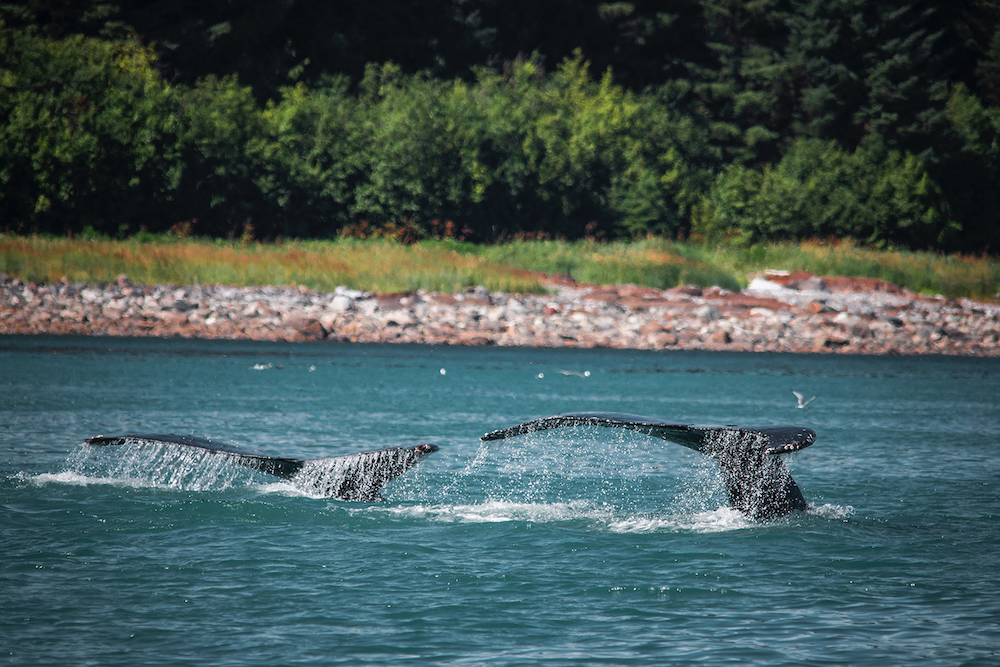
Visitors can catch a glimpse of ecstatic humpback whales, orcas, harbor porpoises, seals, and sea otters at Glacier National Park in Alaska
Covering 3.3 million acres of peaks, glaciers, rainforests, and jagged coastlines, Glacier Bay National Park offers some of the continent’s most unique topography. It’s also a marine park, where visitors can kayak into inlets and hidden harbors, and catch glimpses of marine animals in a feeding frenzy and basking in nature’s plenty.
Denali National Park features untouched wilderness, and lies in the shadow of Mt. Denali, North America’s tallest peak. It is visited for its distinctive wildlife and for exciting adventures like backcountry camping, mountaineering and trekking. You can trek through six million acres of tundra, boreal forests, as well as ice-capped mountain trails pausing to gaze in wonder at Alaska’s “big five”—moose, bears, wolves, Dall sheep and caribou.
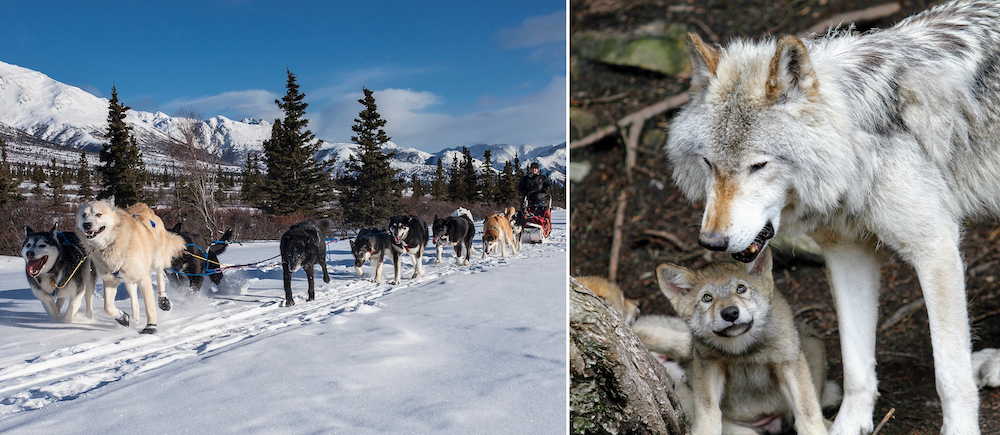
Be sure to hop onto a dog sledding ride with legendary Iditarod huskies or take a scenic flight over Alaskan peaks.
Take a trip back in time to the last Ice Age by visiting Kenai Fjords National Park. Within this 670,000-acre park lies the 700-square-mile remnant of a massive glacier that once covered most of Alaska—Harding Icefield.Take a flightseeing tour over the ice field to get a true sense of how this incredible glacier was carved out of the landscape. Flying in World War II era planes, you’ll peer down at isolated mountain peaks and marvel at the park’s many glaciers and fjords. Personally, I prefer to work a little harder for the view, hiking the Harding Icefield Trail, a 8.2-mile round trip trek that takes you through cottonwood and alder forests, vast meadows, and views from above the tree line where you can appreciate the ice field in all of its glory.
Although Harding is considered the crown jewel of the park, one must venture out on a kayaking excursion of the fjords, fish in the rich waters of Resurrection Bay, or take a boat tour to get a closer look at marine mammals and the tidewater glaciers. On one of my kayaking trips at Kenai, I was surrounded by whales, seals and otters. The whales frenetically submerged and emerged creating swells that nearly capsized my kayak several times. Staying afloat was such a challenge that I nearly forgot to take in the moment. Still, it is etched into my memory.
For all of you itching to travel again, with safety and health in mind, start planning to pack your bags. Of course, our ‘post COVID travel gear’ must include facemasks among other essentials for your personal safety.
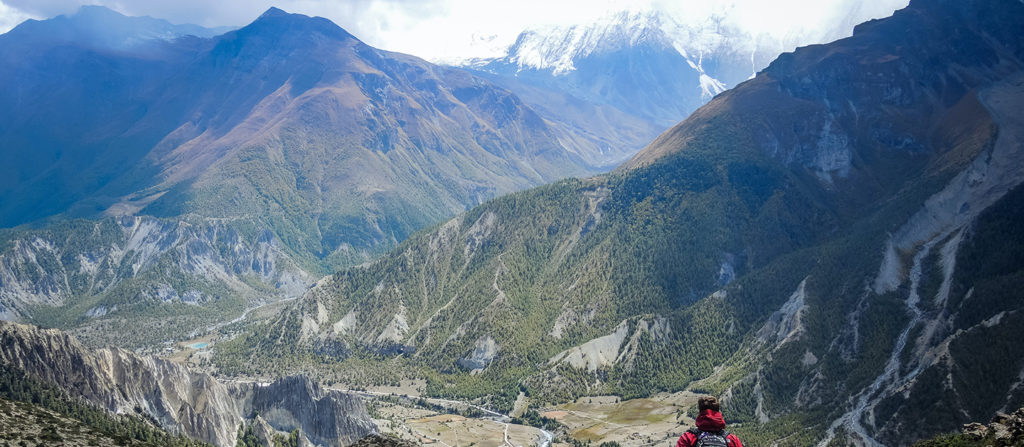
Wide-open skies and remote retreats beckon travelers to explore our national parks. Adventure awaits! You can visit www.nps.gov/aboutus/news/public-health-update.htm








